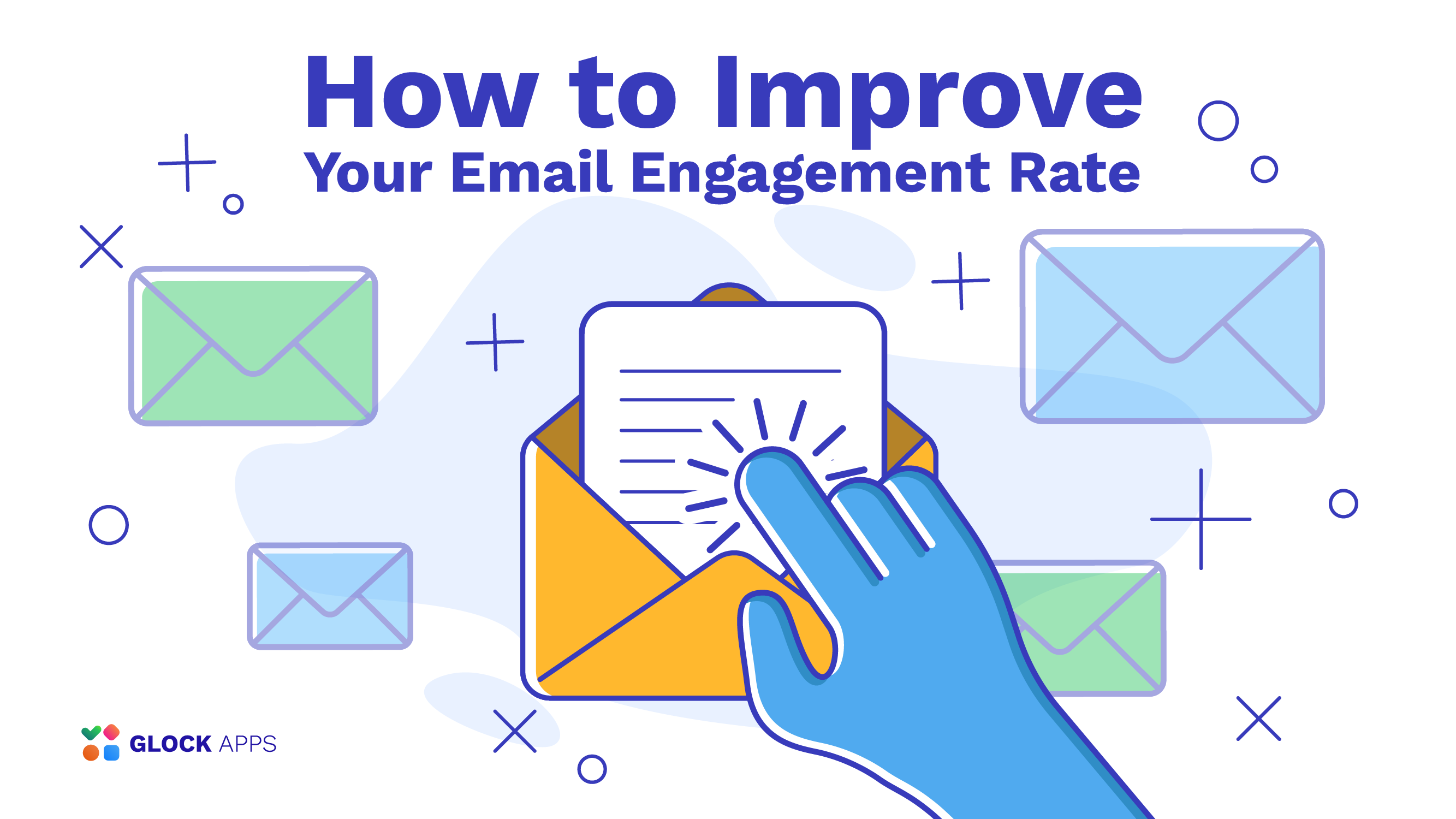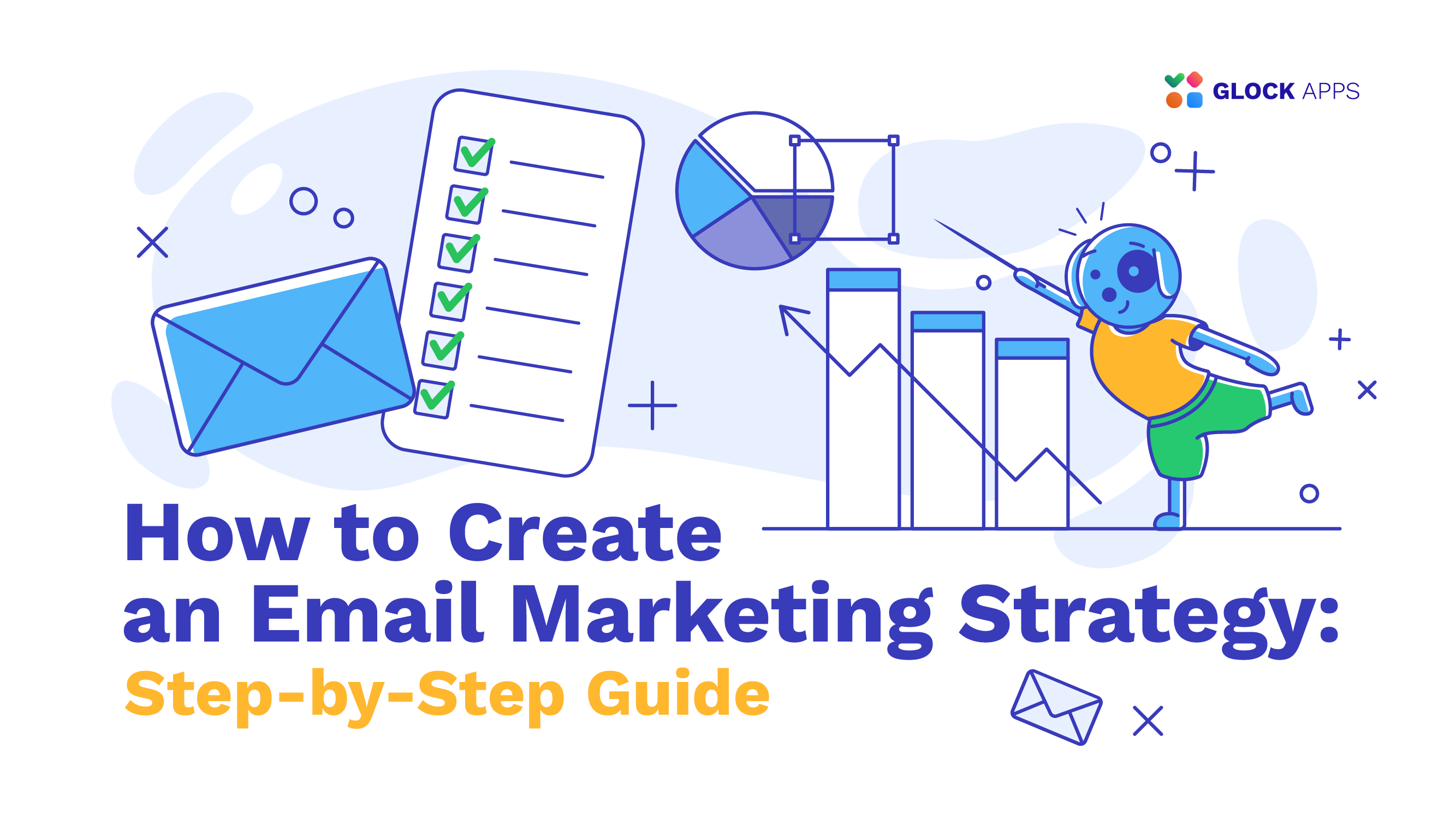The Impact of Dynamic Content in Email Marketing

Estimated reading time: 5 minutes
A dynamic content approach reflects the challenges that marketers face in this ever-shifting world of email marketing, employing user data to create ultimately successful opportunities. Utilizing user data to build email subscriber campaign activity, and dynamic content in email marketing can be a revolutionary strategy if implemented properly. It involves combining individual subscriber data and behavior into building an email campaign where every bit of content, from emails’ subject lines to images, is designed particularly for each subscriber.
Introduction to Dynamic Email Content
Dynamic email content, tailored individually to everyone, is the ultimate tool in marketing, giving an email the power to rise from the bunch and achieve true relevance to the recipient. Such personalization relies on the availability of data to vary the content of an email according to prior interactions, individual preferences, or demographic information.
Why Dynamic Content is a Game-Changer?
An advanced form of personalization can now be leveraged with dynamic email content, targeting each subscriber. It is done by using any form of subscriber information available in a system to target each subscriber with a highly personalized and relevant email. For example, through dynamic content, businesses can send emails that adapt themselves to the latest subscriber interaction with the brand, such as browsing a certain product category, abandoning a cart, or having been served with a specific content type they have engaged with in the past.
The true benefit of dynamic content is that it automates the process of personalization so that marketers can sustain relationships with large numbers of emails without losing the personal touch. Each email can be automatically personalized for the recipient based on their current circumstances or recent behaviors.
Furthermore, dynamic content can be much richer than product recommendations – it could include real-time updates relevant to a customer at that time (things that might change right before they are delivered, such as decreasing prices or increasing availability of products that had previously sold out), or local information related to a recipient’s position (such as events, nearby weather, or similar offers). Bringing these elements together turns emails into sources of helpful material for the customer, and builds stronger relationships between the brand and its users.
Its power to keep people reading, and therefore apt to return to and stick with the company, confirms dynamic content as a strategic mainstay in email marketing. It keeps people talking to the business, encourages them to return again and again, and keeps them coming home to the fold, rather than a rival’s website.
How does dynamic content influence deliverability?
Personalized copy enabled by dynamic content also boosts email deliverability by providing relevant content to subscribers based on their interests and engagement with your business, thereby establishing positive behavior patterns for your emails based on increased subscriber engagement.
But gone unchecked, dynamic content can make deliverability a headache. For example, if the personalized content is complex – using HTML or scripting that isn’t going to render properly in the various email clients – it can result in broken layouts or non-functioning parts of the email which can damage the user experience, and even trip spam filter components if the ESPs see the email as looking suspicious or starting to malform.
And overly high levels of personalization (especially without robust data privacy measures in place) can cause the recipient to feel that they are being intruded upon, which can lead them to label emails as spam, harming the sender’s reputation.
To mitigate these risks, it is crucial to:
- Use well-tested templates that adapt to various email clients.
- Regularly update content to keep it relevant but ensure the underlying code is clean and efficient.
- Maintain transparency about data usage with subscribers to build trust and comply with data protection regulations.
By carefully balancing these factors, marketers can leverage dynamic content to enhance their email campaigns’ effectiveness and deliverability, ensuring they reach their audience reliably and with impact.
Examples of Dynamic Content in Action
1. Behavioral Targeting.
One of the most fundamental forms of personalization is based on what a user has done. For example, if a customer frequently browses a specific category, but does not buy anything, sending an email featuring products from that category can be a compelling nudge towards a sale. Or if one item is placed in a shopping cart and then left there with no purchase, it might be nice to send back a note to see if anything can be done about the items the customer has left behind. Cart abandonment emails can work wonders to increase conversion rates.
2. Lifecycle emails.
These are sent based on the stage in the customer lifecycle. If someone signs up, they’ll automatically receive a welcome email; if they joined a year ago, they’ll receive a special discount on the anniversary of that event; and if it’s been six months since they interacted with the brand, they’ll receive a sequence of re-engagement emails that are all designed to get them to take action based on which stage of the lifecycle they’re in.
3. Location-based offers.
Tailored offers informed through geolocation data is also a powerful way to increase the relevance of communications. For instance, customers in colder regions can be promoted winter wear as the season approaches while those visiting a particular city could be invited to an event hosted by the brand. The tracking of geolocation is another way to offer a more personalized relationship with customers, which can result not only in increased relevance but, hopefully, in more converting customers too.
These approaches leverage dynamic content to make emails more targeted, relevant, and timely – and because of this, they are also likely to be more effective.
Summing Up
Email marketing has taken a new turn with the introduction of dynamic content emails. With insights from past customer interactions, marketers can send subject-appropriate messages, growing the trust within a user’s mailbox and also improving email deliverability through higher engagement rates. The best way to achieve this is to maintain a clean code, respect privacy laws, and continuously update content strategies.



